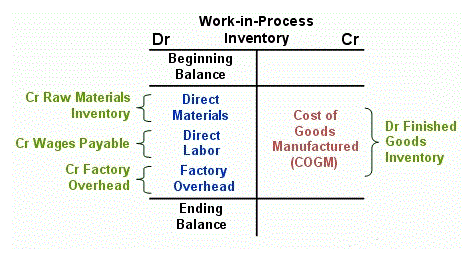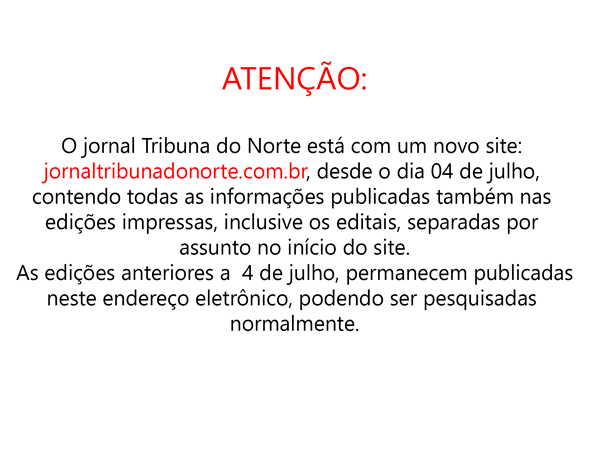
To forge these partnerships effectively, nonprofits should align their needs with the products or services of local businesses whose values resonate with their mission. Working with companies that share a commitment to the local community can lead to more substantial and ongoing support, including in-kind donations that are both impactful and relevant. Determining the value of in-kind donations and monitoring them is of utmost importance. Nonprofits should assign a fair market value to these gifts, reflecting what they would pay on the open market or the going rate for services. This valuation, following the Financial Accounting Standards Board’s definition of fair value, is recorded in the nonprofit’s financial records, distinguishing in-kind donations in a separate revenue account. Nonprofits should utilize their websites, donor communications, and management tools to articulate what can be donated and how.

Accounting for in-kind donations

Or they could offer their professional expertise virtually, such as a graphic designer creating a logo or design and sending the design through email. Asking for in-kind donations is similar to how you would ask for any contribution to your nonprofit. The full Form 990, Form 990-EZ, and Form 990-PF all require your nonprofit to report your total revenue for the year, including the credit values of in-kind donations. In some cases, a donor might decide to accept retained earnings balance sheet the bill for a service on your organization’s behalf, which is also considered an in-kind donation. When receiving in-kind donations, you must acknowledge the donation by providing the proper documentation or gift acceptance receipt to the donor.
Craft a personalized request for support.
- This means you should record in-kind donations in a separate revenue account within your chart of accounts.
- While financial contributions are valuable, in-kind donations provide your nonprofit with goods and services that serve your immediate needs.
- For corporate partners that go above and beyond, consider a significant recognition like a digital donor wall or an appreciation event.
- They help alleviate the financial burden from your nonprofit, allowing you to focus on your more critical needs.
An effective gift acceptance policy forms the foundation of a successful in-kind donation program. It is essential to clarify the definition of a gift, extending beyond cash to include various forms of support, for example, and to establish the authority within the organization to accept gifts. For example, you might need school supplies for a community drive, auction items for a fundraiser, or professional services like graphic design or legal counsel. A well-thought-out wishlist provides clarity for both your organization and potential donors, making it easier to communicate your needs and secure the right contributions. In-kind donation requests are formal appeals made by nonprofits to secure goods or services instead of monetary contributions. These requests are tailored to meet the specific needs of the organization, such as items for an event, professional expertise, or resources to support day-to-day operations.
- Wendy Tarplee-Morris, one of the founders of The Little Princess Trust, thanked both Ruth and Jack for their donations and their patience in growing their hair to such remarkable lengths.
- This aspect of tax reporting can initially prove confusing for nonprofits, but learning some information on the workings of non-cash gifts will help.
- Someone gifting your organization with an art piece or a bundle of computer hardware is also contributing in-kind.
- Building strong relationships in your community is critical to securing in-kind donations for your nonprofit.
- This guide will teach you about maximizing the value of an in kind donation, issuing donor receipts, and assessing the impact of in kind donations on nonprofits.
Step 3: Create a standard donation form
- An in-kind donation is one type of contribution that can have a great benefit for nonprofit organizations.
- Employing a donor database or customer relationship management (CRM) system can help track these donations and issue acknowledgments promptly, keeping the documentation process streamlined and compliant.
- To forge these partnerships effectively, nonprofits should align their needs with the products or services of local businesses whose values resonate with their mission.
- Therefore, it is crucial for nonprofits to establish clear communication channels with potential donors to ensure that contributions align with their specific needs and capacities.
- By receiving goods and services at no charge, organizations can allocate their financial resources more strategically, focusing on program development, outreach initiatives, or capacity building.
Running a nonprofit auction can be an incredibly rewarding way to engage supporters and raise additional funds for… This kind-hearted pair look almost unrecognizable after chopping off their hair in kind donation to make record-breaking donations. Senior Care operates 8 am – 7 pm from Monday to Saturday, and it greatly contributes to the underserved senior population of Boca Raton.
What are the benefits of in-kind donations?
Emphasize how the requested in-kind donation will directly benefit your programs or community. For example, explain how donated backpacks will equip underserved children for success in school or how donated food will feed families during the holidays. After all, personalization is the key to showing potential donors that you value their unique contribution and understand their capabilities.

Individuals looking to make a positive impact in their communities can start by assessing their personal belongings and identifying items that are no longer needed. Clothing, household goods, books, and toys can be donated directly to local charities or thrift stores that support various causes. This simple act of giving can make a significant difference in the lives of those in need. By utilizing in-kind donations creatively, nonprofits can enhance their visibility and foster a sense of community involvement that is essential for long-term sustainability. Any nonprofit can benefit from intangible in-kind donations in one form or another as the category is so broad.
- Donors are more likely to give when they see the tangible impact of their contribution.
- For example, legal or accounting services would be recorded as in-kind donations of time.
- To determine the amount of revenue, the charity must value the in-kind contribution at its fair-market value on the date of the donation.
- All you need to include are details of what the in-kind donation was and if any goods or services were exchanged for the gift.
- If you need access to consistent, reliable expertise for certain projects or issues, it’s best to bring on a paid professional who can guide you through any challenges.
By showing the donor the official policy that states that all donated pet food needs to be unopened, the animal shelter in our example can politely decline the gift without coming off as ungrateful. In-kind revenue is the recording of revenue using the fair market value of the donated goods or services. If you are following GAAP, you’ll need to make sure that you’re reporting in-kind donations in line with their principles and entering them correctly in your organization’s accounts. Remember, every successful in-kind donation request begins with clear communication and ends with genuine gratitude. As you refine your strategy and cultivate these relationships, you’ll not only secure essential resources but also inspire ongoing support from your community. Not to mention, you’ll want to emphasize how the donation aligns with the donor’s values or business goals and highlight any recognition or benefits they might receive in return.
For example, if a committee receives donations from “Benjamin Franklin” to cover printing and mailing expenses, then the contributor’s name, Benjamin Franklin, must be included in the report. Additionally, a charity can create an in-kind donation form that donors can complete. Donors should record a description of the Accounting for Churches gift, the date the charity received the gift, and the estimated fair value of the donation. When individuals, businesses, or other organizations contribute donations, they become active participants in your mission. This engagement can lead to long-term collaborations, volunteer opportunities, and increased awareness of the work your organization is pioneering.
What Are In-Kind Donations? An Ultimate Guide
Also, some types of auction items—especially vacations—are difficult to procure as in-kind donations, and you’d be better off buying them directly or going through a consignment provider like Winspire. Donors can make meaningful contributions by leveraging their products, skills, or surplus inventory, while nonprofits benefit from valuable resources they might not otherwise afford. By fostering partnerships with individuals and businesses, nonprofits can use in-kind donations to meet specific needs and amplify their overall impact. This situation can lead to logistical challenges and wasted resources if not managed properly.



